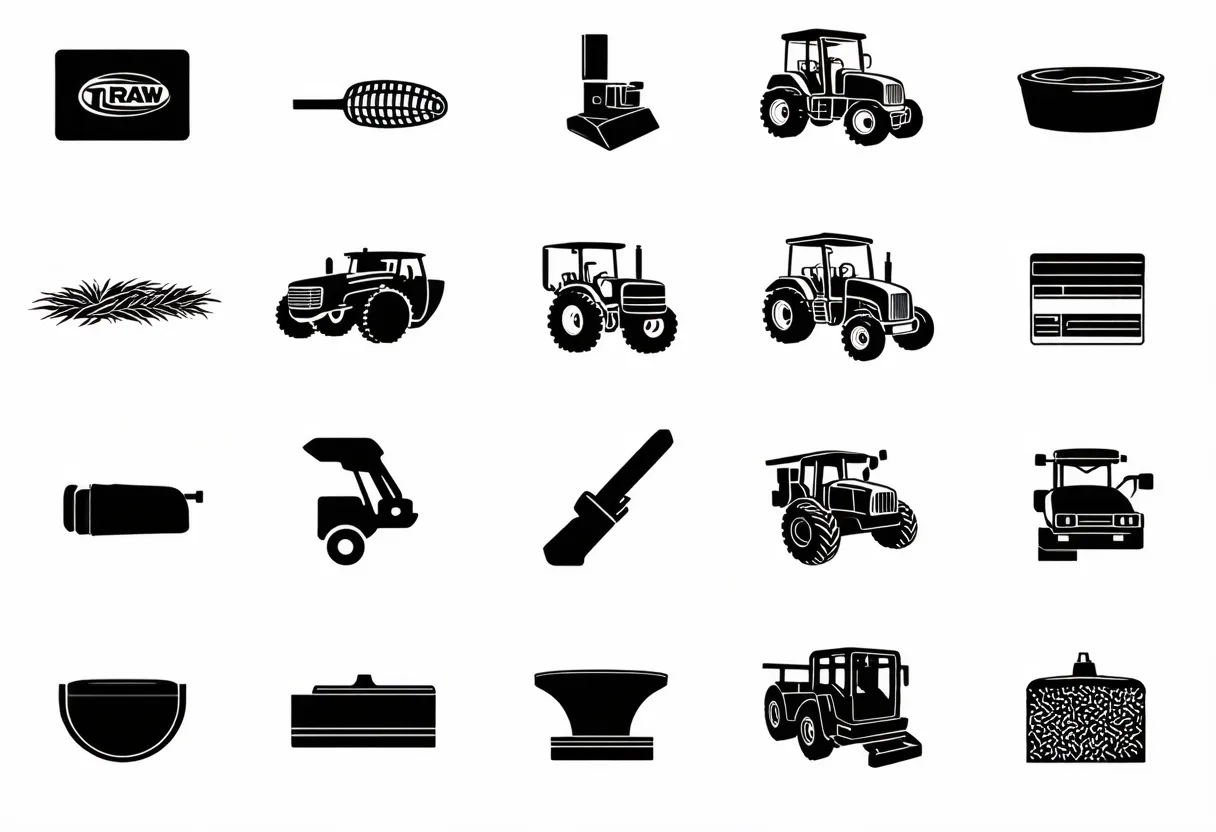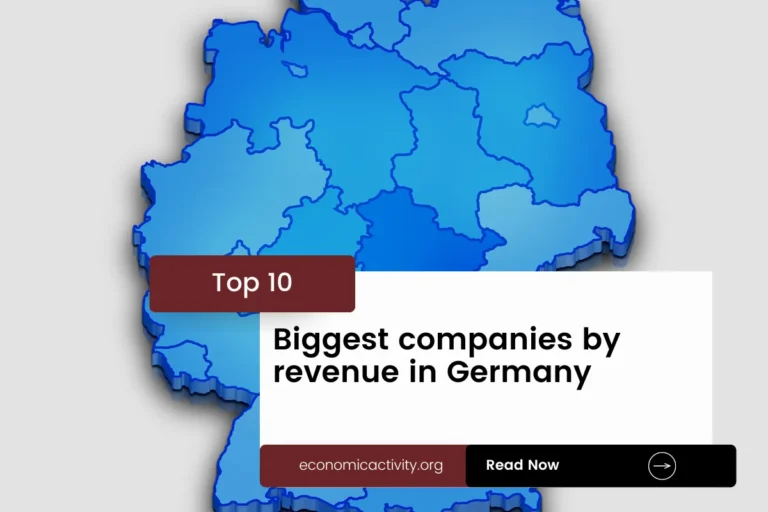Iran, Islamic Republic, with a population of 88,550,570, is ranked 16th in the world, just behind Vietnam. Located in the Middle East, it spans 1,745,150 square kilometers, ranking 17th globally, just below Libya.
Iran, Islamic Republic holds a strong economic position in 2022 with a GDP of 413.49 billion USD, ranking 34th globally. It follows Bangladesh, with a GDP of 460.20 billion USD. The GDP per capita for Iran is 4669.57 USD, placing it at 115th position, trailing behind Indonesia with a GDP per capita of 4787.99 USD.
Iran’s economy showcases resilience and potential for growth, with diverse sectors contributing to its overall stability and development.
What are the economic activities of Iran?
- Primary activities: 9.6% of GDP.
- Secondary activities: 35.3% of GDP.
- Tertiary activities: 55% of GDP.

Primary Sector of Iran
Iran’s primary sector, particularly agriculture, thrives due to its diverse climate and abundant natural resources. With 29.01% of the land dedicated to agriculture, the country produces a variety of crops and animal products including wheat, sugarcane, milk, sugar beets, tomatoes, barley, potatoes, vegetables, oranges, and chicken.
Despite contributing 9.6% to the GDP, agriculture remains crucial for food security and employment. The top ten agricultural products, based on tonnage, showcase the sector’s importance in sustaining the economy and providing a wide range of essential goods.
The country’s diverse geology provides abundant natural resources, such as petroleum, natural gas, coal, chromium, copper, iron ore, lead, manganese, zinc, and sulfur. These resources play a crucial role in driving the economy, particularly in sectors like energy, mining, and manufacturing.
Iran’s gas production of 256,700 million m³ in 2020 solidifies its position as the world’s 3rd largest producer. This significant output fuels the country’s economy, supporting key sectors like energy and manufacturing.
Secondary Sector of Iran
What is the secondary sector or what are secondary activities?
The secondary sector involves industries that transform raw materials into finished products for consumption. In Iran, the main industrial products include petroleum, petrochemicals, gas, fertilizer, textiles, cement, food processing, metal fabrication, and armaments. These products are essential for both domestic consumption and export, contributing significantly to the country’s economy and industrial growth.
In 2023, Iran’s manufactures exports accounted for only a small percentage of the total exports, indicating their relatively low significance in driving the country’s export economy.
Tertiary sector of Iran
What is the tertiary sector or what are tertiary activities?
The tertiary sector in Iran encompasses services that provide knowledge and time to enhance productivity, performance, and meet needs. This sector includes intangible goods like advice, attention, and expertise, catering to both consumers and businesses. Main tertiary activities in Iran are Healthcare and medical care, Education and training, Banking and finance, Communication and information exchange, Tourism and hospitality, and Transportation and logistics.
Highlighting these, Iran’s economy significantly benefits from tourism, generating substantial revenue. With 9.1 million annual arrivals and a 0.1028 tourist-to-population ratio, popular destinations like the ancient city of Persepolis and the vibrant capital Tehran attract visitors, contributing to economic growth and cultural exchange.
Another example of tertiary economic activity is the mobile cellular sector, with approximately 146 million subscriptions, equating to 165 per 100 inhabitants. This extensive network fosters technological growth, enhancing connectivity and innovation.
Military Activities and Economic Sectors of Iran
The military is a key example of various economic activities. In the primary sector, resources are extracted for military needs. The secondary sector focuses on manufacturing military equipment. The tertiary sector provides services, such as logistics and support. The quaternary sector involves research and development for advanced military technology. Lastly, the quinary sector includes high-level decision-making and strategy in military operations.
For Iran, the military expenditure in 2023 is $10,283.1 million, which is 2.58% of the GDP. The active military force consists of 610,000 personnel, resulting in 11.4 active military members per 1,000 capita.
International Trade of Iran
Import Activities of Iran

Iran’s import activities play a crucial role, with imports totaling $10.25 billion in 2023, representing 24.78% of its GDP.
Iran’s import activities are diverse, with key partners like China, UAE, Brazil, Turkey, and India. Import commodities include broadcasting equipment, corn, soybeans, vehicle parts/accessories, and rice.
Exports Activities of Iran

In 2023, Iran’s total exports reached $110.88 billion, constituting 26.82% of its GDP. This signifies a medium level of importance, showcasing the significant role export activities play in the country’s economy.
Iran’s export activities are diverse, with major partners being China, Turkey, Kuwait, Pakistan, and India. The country mainly exports ethylene polymers, refined copper, acyclic alcohols, aluminum, and natural gas.
Iran economy challenges in 2024
Iran, Islamic Republic, faces challenges in 2024 with a struggling economy due to inflation, sanctions, and investor uncertainty. The country is reforming state-owned financial entities amidst increasing poverty and reliance on oil/gas sectors.




Leave a Reply